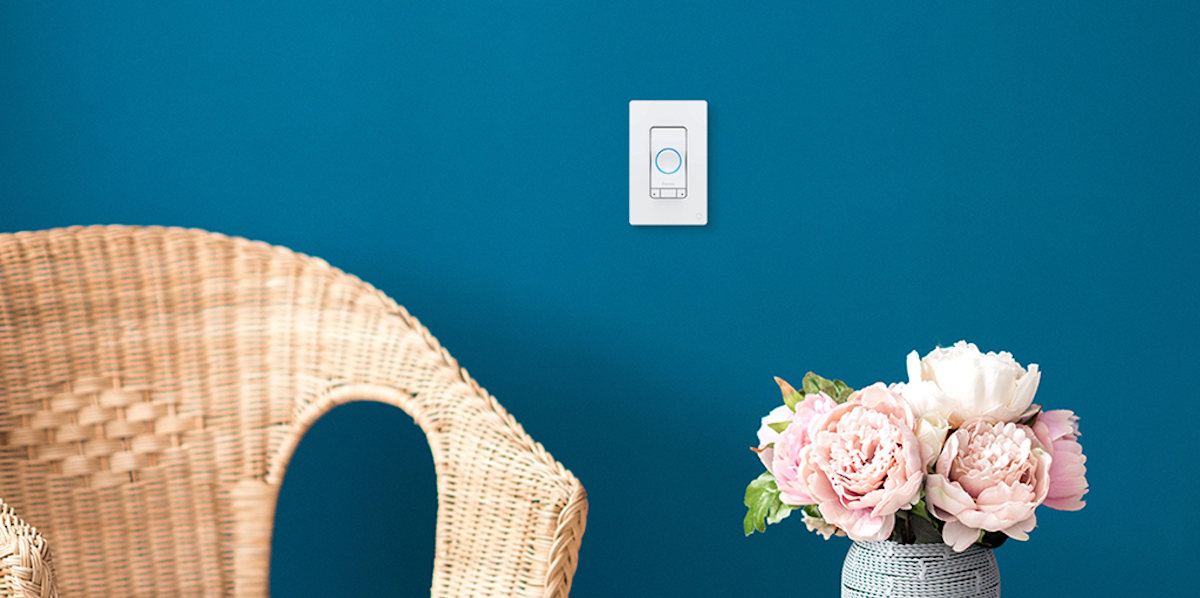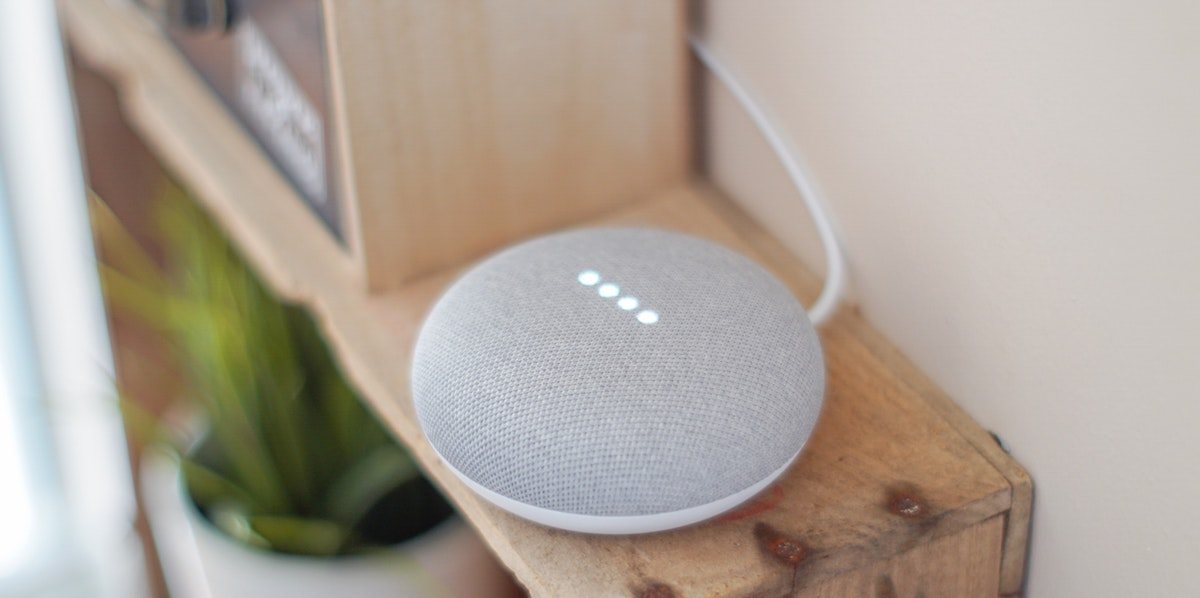iDevices Connected News
Here's what we've been up to at iDevices...
3 simple Wi-Fi recommendations for a happy smart home

Most smart home accessories connect to a home Wi-Fi network. But they don’t call it IoT — Internet of Things — for nothing. With the sheer number of connected ‘things’ in the modern home (TVs, phones, laptops, appliances, switches, outlets, thermostats, locks, cameras, and the list goes on), we suggest a regular checkup to optimize your home’s Wi-Fi network.
Here’s a rundown of things to consider during your next Wi-Fi checkup:
1. Call your internet service provider
First and foremost, give your internet service provider a call and feel them out for deals on upgraded internet speeds. Trying to negotiate a deal with your ISP can be a pain. But you just never know when there are savings to be had. If there are multiple providers in your region, you may be able to take advantage of new customer deals by switching. You don’t need an upgrade to live in a smart home. Most devices take up very little bandwidth, with the exception of high-definition cameras. But take what you can get.
Here's why: Your ISP sets your Wi-Fi speed limits. Even if your router can handle insane download speeds of 1,000Mbps or faster, you’re at the mercy of your ISP plan. If you’re paying your ISP for a starter package with download speeds up to 25mbps, that’s all you’re getting, no matter the router you've invested in. Period.
2. Map your coverage, identify dead zones
Say you’ve gotten the best possible deal from your internet service provider. Great job! But there's more. Even with blazing fast speeds from your ISP, if your coverage is deficient, it’s money down the drain.
The room where you keep your router may be crushing it in terms of speeds, but what about the room 25 feet away, through 3 walls? Or the room 35 feet away, in the basement?
Before you can solve for these coverage issues, you need to get a handle on them. There are plenty of free, simple speed tests you can run on your own — no IT consultant necessary. For example, Fast.com (powered by Netflix) is quick and easy to use. A quick Google search will give you additional options.
Quick tips on testing:
• Run two tests in every room in your home, and take notes for comparison. Don’t worry, the tests don't take long.
• Test under normal conditions. Don’t do anything to cause a spike or dip in a given room.
• Ensure there are no outages in your area that could skew test results.
3. Fill in the gaps
Besides persuading your ISP to give you a crazy good deal on fast speeds, the most meaningful move you can make is to invest in a mesh system. These systems are expandable, allowing you to spread a consistently fast signal to all corners of your home.
Most people are familiar with a single-point router. As you move away from the router, speeds diminish. With a mesh system, multiple devices set up in key areas spread connectivity more evenly throughout the house.
What’s great about these systems is the ability to cater it to your home, and specifically, the dead zones you’ve identified in prior testing. No need to place a Wi-Fi extender point in every room. One extender can usually give you another 1,000-square-feet of additional coverage, often more. So start with a router and one extender, run some additional tests, and grab another extender if you still have a dead zone.
Google WiFi and eero (owned by Amazon) both start at $99, and offer packs with additional Wi-Fi points at a discounted rate. Nest WiFi, the next generation of Google WiFi, is pricier, but seconds as a smart speaker with the Google Assistant inside. Another major player in the mesh Wi-Fi game is Netgear Orbi.
We're here to help
Our in-house, U.S.-based customer experience team is constantly testing new routers to check for any potential compatibility concerns with iDevices products. If your interested in learning more about network compatibility, router settings, and routers that DON'T work with iDevices products, please click here or send a note to our customer experience team: support@idevicesinc.com.
If you have any questions or concerns about your home's Wi-Fi network and compatibility with iDevices smart home products, our customer experience team is here to help.



